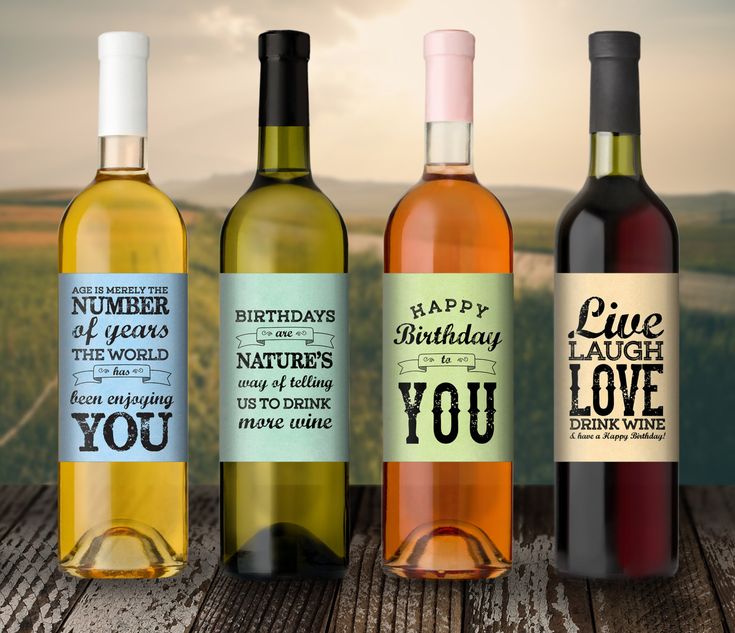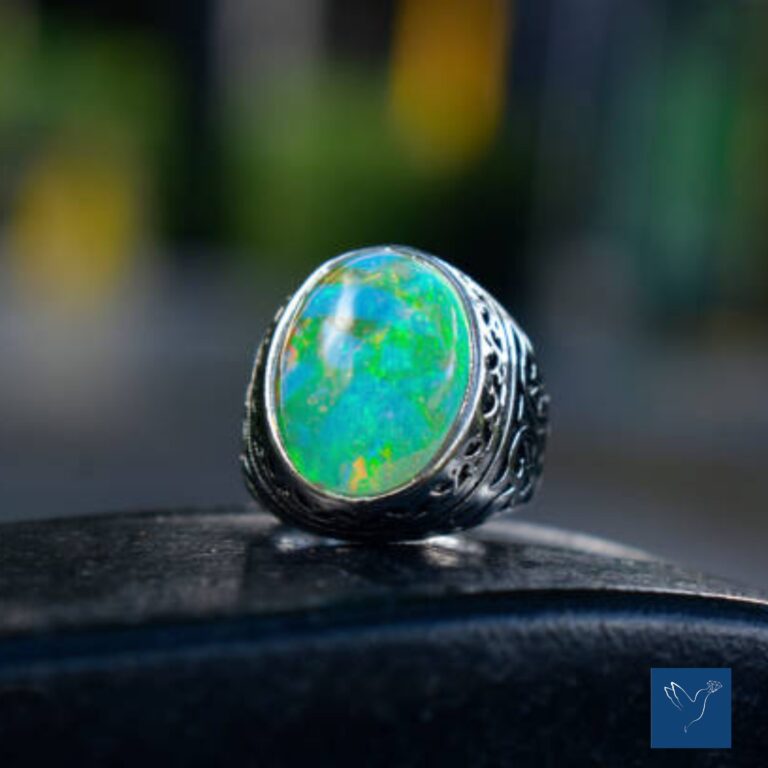
Set of white, rose, and red wine bottles.isolated on white background
In a crowded market where hundreds of wine bottles compete for attention, the label on a wine bottle does more than just identify the brand—it shapes the entire perception of the product. Wine labels are not simply decorative; they are a direct reflection of the winery’s identity, message, and promise. From storytelling to compliance and branding, labels play a critical role in convincing a customer to make that first purchase.
Understanding the depth and potential of custom wine label printing can help winemakers and distributors attract their target audience, boost shelf visibility, and elevate their overall branding strategy.
The Psychology Behind Wine Labels
Consumers often rely on visual cues when making purchasing decisions—especially in the wine industry, where many buyers may not be connoisseurs. When a consumer browses through options at a wine shop or online, what grabs their attention first is the label design: the colors, fonts, graphics, and even the texture of the material.
This is where custom wine label printing becomes essential. A well-crafted label evokes emotion and generates curiosity. For instance, minimalist designs may appeal to premium buyers who associate simplicity with sophistication, while colorful, whimsical labels might attract a younger demographic seeking novelty or gifting options.
Building Brand Identity with Wine Labels
Wine labels do more than inform—they shape perception. Brands aiming to establish a strong identity in a competitive market must focus on strategic label development. Incorporating wine branding labels aligned with your story, heritage, and mission can create an emotional connection with the buyer. These labels often carry visual motifs like vineyards, barrels, regional maps, or artistic elements that express a winery’s uniqueness.
In addition to visual branding, the use of consistent typefaces, logos, and messaging across product ranges creates brand recognition. Over time, loyal customers may associate specific design elements with quality, taste, and trust.
Types of Wine Labels and Their Purpose
Not all wine labels serve the same function. Depending on your target market, purpose, or season, you may need a variety of labels:
- Front Labels: The main attraction—designed for branding, showcasing the name, varietal, and style.
- Back Labels: Contain important product details, pairings, story, and compliance-related info.
- Neck Labels: Often used for limited editions or promotional offers.
- Event or Seasonal Labels: For occasions like weddings, holidays, or corporate gifts—these labels can be personalized and serve as keepsakes.
Opting for custom printed wine labels allows brands to tailor each of these types for different campaigns or customers, ensuring consistency without sacrificing creativity.
Material and Finish Choices That Matter
The texture, material, and finish of a wine label also influence perception. High-end brands often use textured papers, foil stamping, and embossing to convey luxury. Others might prefer matte or gloss finishes based on visual appeal.
For functionality, waterproof wine labels are ideal for wines that require refrigeration or are frequently handled. These labels prevent smudging, tearing, or peeling—maintaining brand integrity throughout the product lifecycle.
Regulatory Compliance and Labeling Requirements
While creativity is key, wine labels must also meet legal standards, which vary by region. These often include details like alcohol content, varietal, origin, sulfite declaration, and more. With custom label printing for wine bottles, brands can ensure that all required elements are included accurately and legibly—without compromising design.
It’s also important to consider barcodes, QR codes, and tracking features for inventory and customer engagement purposes. QR codes, in particular, are growing in popularity as they can link customers to brand stories, videos, or product reviews.
Wine Label Printing Services: What to Look For
Partnering with reliable wine label printing services ensures not only high-quality results but also consistency across batches. Whether you’re a small boutique winery or a large-scale producer, factors like print accuracy, material variety, finishing options, and turnaround time should be top considerations.
Look for printers who offer flexibility in label sizes, shapes, and printing methods—such as digital, flexographic, or screen printing. Advanced services may also offer design assistance, mockups, and short-run capabilities to help you test new products or seasonal campaigns. see more
Leveraging Custom Designed Packaging for Better Shelf Appeal
Wine packaging extends beyond labels. Coordinating your labels with custom designed boxes creates a unified, elevated presentation. Whether for gift packaging, seasonal collections, or premium editions, boxes reinforce the luxury and brand story embedded in the label.
For example, a vintage red wine with a matte textured label can be paired with a velvet-lined, gold-stamped box. In contrast, a modern rosé might benefit from a minimalist white box with foil accents and clear windows. This synergy between label and packaging enhances unboxing experiences, especially for customers shopping online or giving gifts.
Moreover, custom designed boxes offer space for storytelling, pairing suggestions, or promotional messages. This added real estate allows you to further engage your customers and create memorable brand experiences.
Conclusion
Wine labels are much more than a regulatory necessity—they are a powerful branding tool that influences consumer behavior at first glance. From visual appeal and material quality to compliance and storytelling, every element contributes to the buyer’s perception of value and taste.
By investing in custom wine label printing, brands can differentiate themselves in a crowded market, attract the right customers, and strengthen their market position. And when paired with cohesive custom designed boxes, the result is a product that not only delights the palate but captivates the eye.





